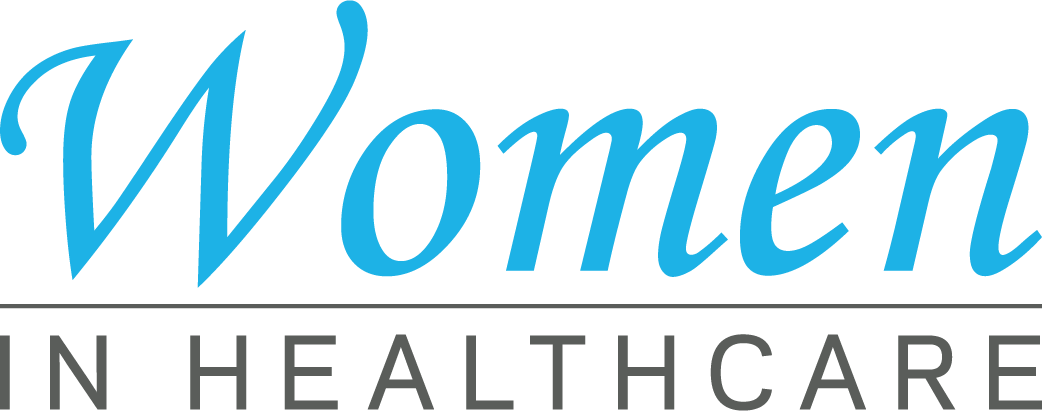Why Healthcare RCM is Crucial for Financial Wellness in Medical Practices
Why Healthcare RCM is Crucial for Financial Wellness in Medical Practices
Blog Article
A Comprehensive Overview on Exactly How Medical Care RCM Works to Simplify Invoicing and Collections
Browsing the complexities of healthcare earnings cycle monitoring (RCM) is critical for suppliers aiming to enhance their invoicing and collections procedures. The guide unloads the ins and outs of RCM, from person registration to balance dues monitoring, supplying insights into optimizing each step. Incorporating innovative technology and standard treatments can substantially lower insurance claim rejections and increase repayment cycles. Yet, real obstacle depends on effortlessly merging these aspects to boost capital. As we check out the core components and methods that drive performance, one question continues to be: how can health care entities finest position themselves to thrive monetarily in an ever-evolving industry?
Recognizing Profits Cycle Management
Comprehending the details of Profits Cycle Administration (RCM) is vital for healthcare organizations intending to optimize their financial efficiency. RCM is a vital administrative feature that encompasses the whole financial procedure of client care, from the initial consultation setting to the final payment of the equilibrium. It is an intricate procedure created to determine, collect, and take care of the profits from the services offered to patients. Efficient RCM guarantees that health care service providers receive timely and exact payments, lessening the danger of profits loss and boosting capital.
The RCM process starts when a person schedules a consultation and prolongs through the individual's care trip, consisting of payment and collections. A crucial objective is to minimize the time in between supplying a service and obtaining settlement, thus boosting the company's financial health. RCM includes different features such as patient registration, insurance coverage verification, charge capture, coding, declares entry, repayment uploading, and taking care of rejections and allures.
Key Elements of RCM
In the world of Profits Cycle Monitoring (RCM), comprehending its key parts is essential to achieving monetary efficiency within healthcare organizations. RCM is a comprehensive process that includes various phases, each important to guaranteeing reliable payment and collections. The main parts include patient enrollment, insurance coverage verification, charge capture, coding, claim entry, payment publishing, and balance due monitoring.


When coded, cases are submitted to payers, where accuracy is extremely important to avoid hold-ups or denials - Healthcare RCM. Settlement uploading entails recording the received payments, which allows for the settlement of accounts. Lastly, balance dues management concentrates on tracking and dealing with unsettled insurance claims, ensuring timely follow-up and resolution
Each component of RCM is adjoined, and inadequacies in any kind of component can disrupt the entire cycle. For that reason, grasping these aspects is important for healthcare providers to optimize earnings and enhance their monetary health and wellness.
Methods for Reliable Invoicing

Systematizing billing procedures across the organization is one more crucial method. Establishing clear standards for documentation, coding, and entry assists maintain uniformity and conformity with regulative needs. Educating personnel consistently on browse around these guys these treatments ensures everybody is updated with the current adjustments in invoicing codes and payer plans.
Exact cost capture is important in avoiding earnings leakage. Carrying out routine audits and surveillance systems enables for the recognition and modification of discrepancies prior to they impact profits. Additionally, keeping open lines of interaction with payers assists to rapidly fix any disagreements or misunderstandings that might arise.

Last but not least, appealing individuals early in the billing process by supplying clear price quotes and academic products about their monetary responsibilities can dramatically decrease confusion and boost repayment timeliness. These strategies collectively add to an extra monetarily healthy and balanced and effective billing system.
Enhancing Collections Processes
Offered the complexities of medical billing and the range of payer needs, enhancing the collections procedure entails carrying out strategic steps that make sure prompt and exact payment of solutions rendered. Automation tools can help in tracking insurance claim statuses, sending timely reminders to people, and managing rejections a lot more efficiently.
Training team to recognize the subtleties of insurance plans and payment codes is just as vital. This understanding equips them to deal with invoicing discrepancies swiftly and communicate efficiently with patients regarding their monetary duties. Moreover, transparent and clear person interactions are critical. Providing thorough explanations of costs and providing versatile layaway plan can enhance client satisfaction and timely repayments.
Regular audits of the collections procedure must be carried out to recognize areas for improvement and make certain compliance with guidelines. By assessing information, medical care organizations can determine fads, anticipate prospective concerns, and adapt methods as necessary (Healthcare RCM). Eventually, a well-enhanced collections process not only supports economic wellness yet additionally adds to an extra smooth experience for patients and personnel alike
Optimizing Earnings Streams
Building upon the structure of a solid collections process, health care organizations can better bolster their financial stability by purposefully optimizing profits streams. This involves a multi-faceted method, starting with a detailed evaluation of existing earnings sources to determine inefficiencies and locations for growth. Utilizing sophisticated information analytics tools makes it possible for companies to get understandings right into payer mix, client demographics, and service utilization patterns, allowing for data-driven decisions that boost revenue capture.
Implementing automated billing systems can significantly lower mistakes and accelerate claims processing, making certain that earnings is gathered more effectively. Additionally, maximizing payer agreements with regular arrangements can improve compensation rates and terms, directly impacting the bottom line. Branching out service offerings, such as integrating telehealth or wellness programs, can likewise bring in a Discover More wider person base, hence enhancing revenue potential.
Another essential component is improving individual engagement and fulfillment, as completely satisfied individuals are most likely to stick to therapy strategies and make prompt settlements. Supplying adaptable settlement alternatives and transparent invoicing practices can boost collections and foster patient commitment. Healthcare RCM. By embracing these approaches, healthcare companies can develop a more resistant economic structure, making sure sustained growth and stability in an ever-changing industry landscape
Conclusion
To conclude, health care Profits Cycle Management (RCM) plays an essential duty in enhancing payment and collections processes by incorporating essential components such as client enrollment, insurance verification, cost capture, coding, claims entry, and balance due management. By employing sophisticated innovation, standardizing treatments, and promoting person interaction, doctor can considerably minimize case rejections, accelerate payment cycles, and improve capital. This comprehensive technique to RCM inevitably leads to enhanced monetary effectiveness and sustainability for health care organizations.
The RCM procedure begins when an individual schedules a consultation and extends with the individual's care journey, including billing and collections.One more important part is improving patient engagement and Learn More contentment, as completely satisfied people are much more likely to adhere to treatment plans and make prompt settlements. Using versatile repayment alternatives and clear invoicing techniques can boost collections and foster person loyalty.In conclusion, healthcare Profits Cycle Management (RCM) plays a critical function in maximizing invoicing and collections procedures by integrating essential elements such as client enrollment, insurance confirmation, cost capture, coding, asserts entry, and accounts receivable monitoring. By utilizing sophisticated modern technology, standardizing procedures, and promoting person engagement, medical care providers can substantially lower claim rejections, speed up settlement cycles, and improve cash money circulation.
Report this page